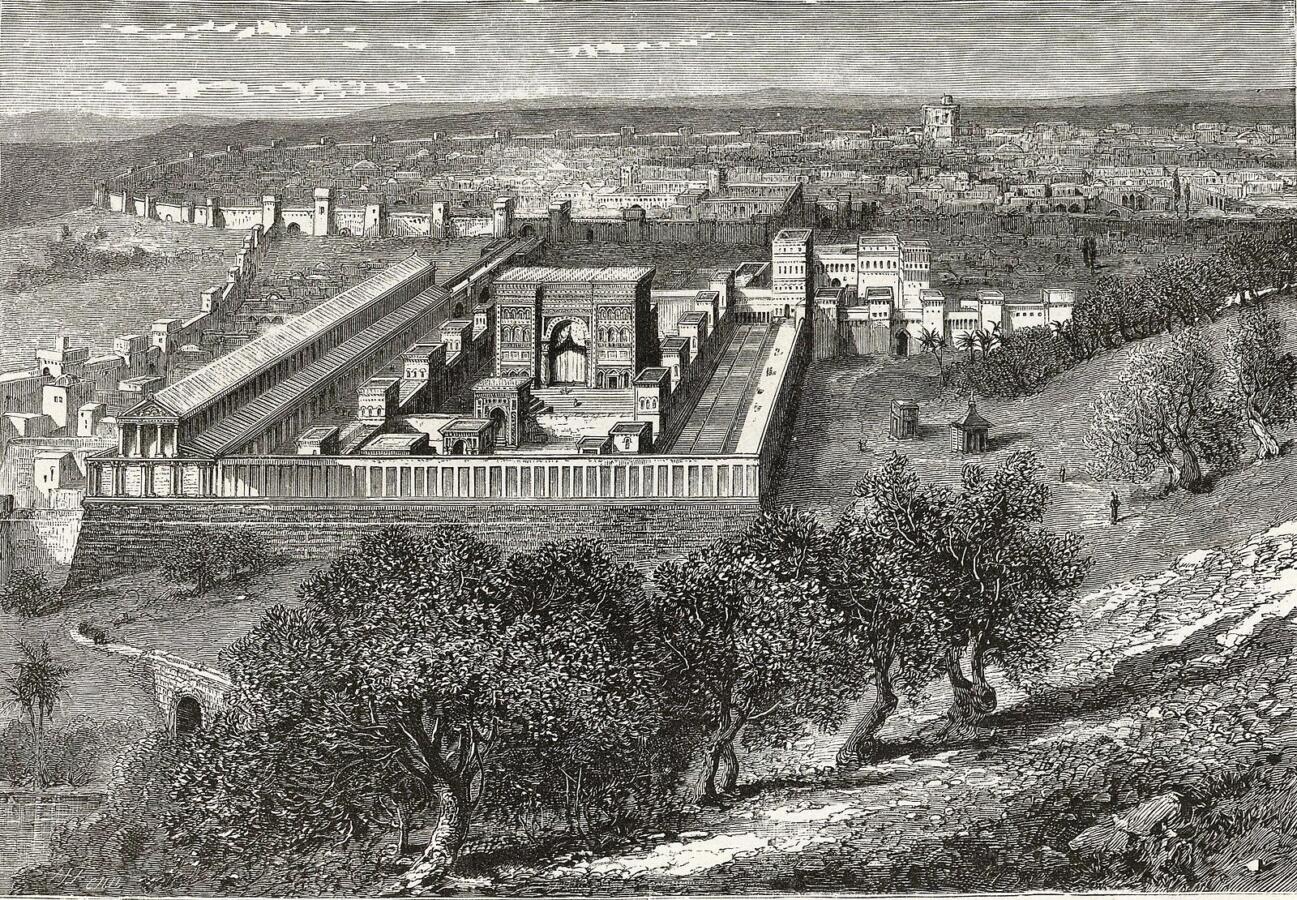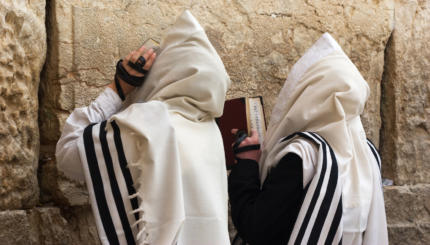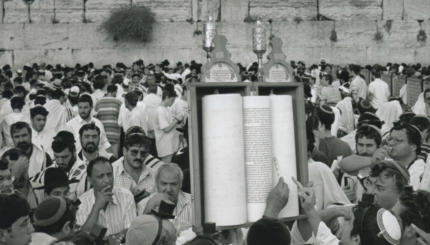From the point of view of Judaism as a religion, there can be no doubt of the historical importance of the restoration of the sacrificial ritual in approximately 520 B.C.E.
The Book of Ezekiel, which was written soon after the destruction of the First Temple (in 586 BCE), held up the dream of a rebuilt Temple in Jerusalem, including an enlarged Temple complex, in which sacrifice would be offered to an even higher standard of priestly sanctity and ritual purity than that required in the levitical codes of the Torah.
The restoration allowed Israel to continue its ancestral worship of God in the ways prescribed by its ancient literature. More importantly, it established the biblical sacrificial system as the dominant pattern of worship for the entire Second Temple period. Some groups, like the sect of the Dead Sea Scrolls, withdrew from participation in sacrifices, but the ritual of the Temple was seen by the majority of the Jewish people as the most efficacious manner by which to reach God and secure his favor.
Planning the Second Temple
The original structure of the Second Temple, before it was refurbished by the Hasmoneans, and later, more extensively by Herod, was built, as already mentioned, at the decree of Cyrus [Cyrus II the Great, King of Persia]. Indeed, vessels from the First Temple, recovered by the Persians from the Babylonians whom they had conquered, were returned to the Jews to facilitate and encourage the rebuilding of the Temple.
With your help, My Jewish Learning can provide endless opportunities for learning, connection and discovery.
Many Jews living outside the Land of Israel contributed financially to the project. A start was made in the time of Sheshbazzar [governor after 538 B.C.E.], but the disturbances made continuation of the work impossible. Zerubbabel [Sheshbazzar’s nephew, who followed him as governor c. 522 B.C.E.] completed the project. He began by erecting a temporary altar on which to offer sacrifices. Since this act seemingly contradicted the requirements of pentateuchal law, the rabbis later termed it an emergency measure.
Opposition to the rebuilding of the Temple came especially from the nobles who had taken control of Judea after the exile. They were probably closely related to the aristocracy of Samaria. Among those who encouraged the project were the prophets Haggai and Zechariah. The rebuilding was resumed in the second year of the reign of Darius (521 B.C.E.). Despite continued harassment by their neighbors, the Judeans persevered in the work.
Building the Second Temple
While there is no complete description of the Temple built by Zerubbabel, considerable detail can be gleaned from various sources. It had two courtyards. One report suggests dimensions of 500 by 100 cubits (about 750 by 150 feet) for the inner courtyard. There were at least four gates in the wall of the outer courtyard, and at least one of them faced a street. There were at least two gates to the inner courtyard. Various chambers surrounded the Temple in both courtyards. Most of these were in the outer courtyard, and were used for the storage of tithes, equipment, and vessels. Certain high officials apparently merited private chambers within the Temple precincts.
The returnees constructed their altar on the site of the altar of the First Temple. The Temple building was of hewn stone, with wooden beams reinforcing the walls from within. The Temple itself was 60 cubits (approximately 90 feet) high. The Holy of Holies was empty, as there was no ark and no cherubim.
The construction was completed in 515 B.C.E., and the rededication was celebrated amidst great pomp and ceremony. After 20 years of effort, sacrificial worship could now take place in accordance with the rules laid down by the codes of the Torah. The Temple would stand as rebuilt by Zerubbabel until the Hasmonean period. While substantial refurbishing was undertaken by Simon ben Yohanan (Simon the Just) c. 200 B.C.E., he did not modify the basic structure. (Herod the Great would substantially refurbish the Temple starting in 20/19 B.C.E.) The returnees to Zion had fulfilled their dream; God’s house had been rebuilt and He would continue to dwell in their midst.
Reprinted with permission from From Text to Tradition: A History of Second Temple and Rabbinic Judaism (Ktav).
ark
Pronounced: ark, Origin: English, the place in the synagogue where the Torah scrolls are stored, also known as the aron kodesh, or holy cabinet.



